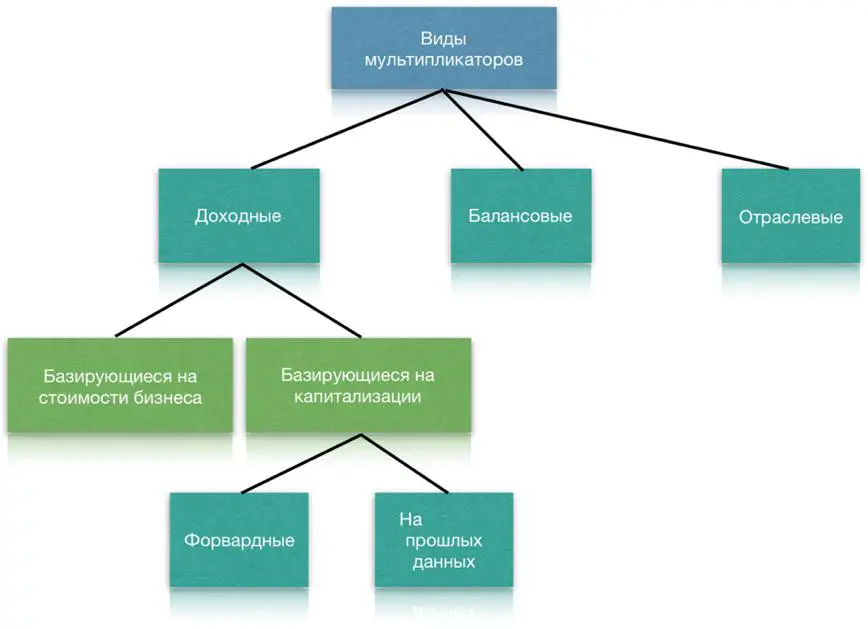stock market and real estate investments
Recently we talked with my friend from Russia about the relationship between the real estate market and the stock market.. The impetus for such reasoning was an article from the analytical department of the company “Kalita-Finance”. I think everyone will be very interested in reading it., especially those, who also deals with real estate.
Widely known, that stock indices are leading indicators of the country's economic health. The steady growth of the stock market over a long period of time signals stability in the economy and, Consequently, investors' propensity for risky assets. The dynamics in the real estate market follows the stock indices with a certain time lag (lagging).
The lag in housing prices from stock indices is explained by the following factors. Firstly, investors must wait for the confirmation of the trend on the stock markets, that is, make sure, that the growth of quotations has been stable for several weeks, Months. In this way, short-term fluctuations are excluded.
Secondly, the real estate market is less liquid. A few seconds are enough to complete a transaction on the stock market, since a large number of buyers and sellers participate in the auction, who want to sell or buy an asset this very second. There is no single platform in the housing market, which significantly slows down the meeting between the seller and the buyer and, as a result, the completion of the transaction.
Thirdly, to register a deal, an agreement on which has already been reached, takes at least two months.
Fourthly, stock market is also an indicator of monetary liquidity, reflecting changes in money supply and foreign trade balance. In the event of an increase in the money supply and capital inflow into the country, excess liquidity spills out onto financial markets, provoking investors to buy securities and other assets. If we represent the money supply as a flow (cm. rice. 1), and assets in the form of reservoirs, then the tanks will be filled first, located closest to the source, ie. money will be invested in the most easily available assets. After market saturation with liquid assets, the money supply will fill the remaining assets.
- Fig. 1. The layout of the distribution of money supply to investment assets.
Eventually, the lag of the dynamics of the real estate market from stock indices is about 5-6 months for an uptrend. With a downtrend, things are a little different.
A steady decline in the stock market signals a worsening economic situation and a future downturn in most industries. In times of economic instability, the construction sector is particularly vulnerable. Consumers are trying to save money and first of all refuse the most expensive purchases. Logically, that when demand falls, the price should also go down, but here we are faced with a situation, when developers prefer not to sell at all and conduct activities on the verge of bankruptcy, rather than lower prices. On the face of a classic conspiracy, prohibited by our legislation, but continuing to exist. It is because of this that, with the fall of Russian stock indices by more than 70%, the decline in the real estate market did not exceed 40%.
Considering the following charts easy to spot, that the dynamics of the price per square meter for the last 10 years completely repeats the trend movements of the MICEX index, with practically unchanged time lag. Our calculations on real data showed a lag 4-5 months for an uptrend, And 5-6 months for the downward.
- Fig. 2. Dynamics of the MICEX index and real estate prices over the decade.
Generally, financial markets and the real estate market more and more interpenetrate each other. For example, the Chicago Mercantile Exchange trades the American Real Estate Index (more precisely, futures on it), which is calculated by the agency Standard & Poor's at average prices in 10-20 largest megacities of the country (so called S&P/CASE-SHILLER HOME PRICE INDEX). Furthermore, you can trade with the components of the general index (Composite), that is, separate futures on the value of housing in Boston, Chicago, Denver, Los Angeles, Miami, New York and others.
A financial instrument also appeared on the Russian market, reflecting the average price per square meter in Moscow – Moscow real estate index. Russian analogue of such an index – MARPI index will help make the real estate market more liquid and accessible to investors. Maybe, thanks to this new financial instrument, after a while we will see a significant reduction in the time lag between the stock market and the housing market.
okbm(“http://nysetrader.net/fondovyj-rynok-i-investicii-v-nedvizhimost/”,”stock market and real estate investments”)


